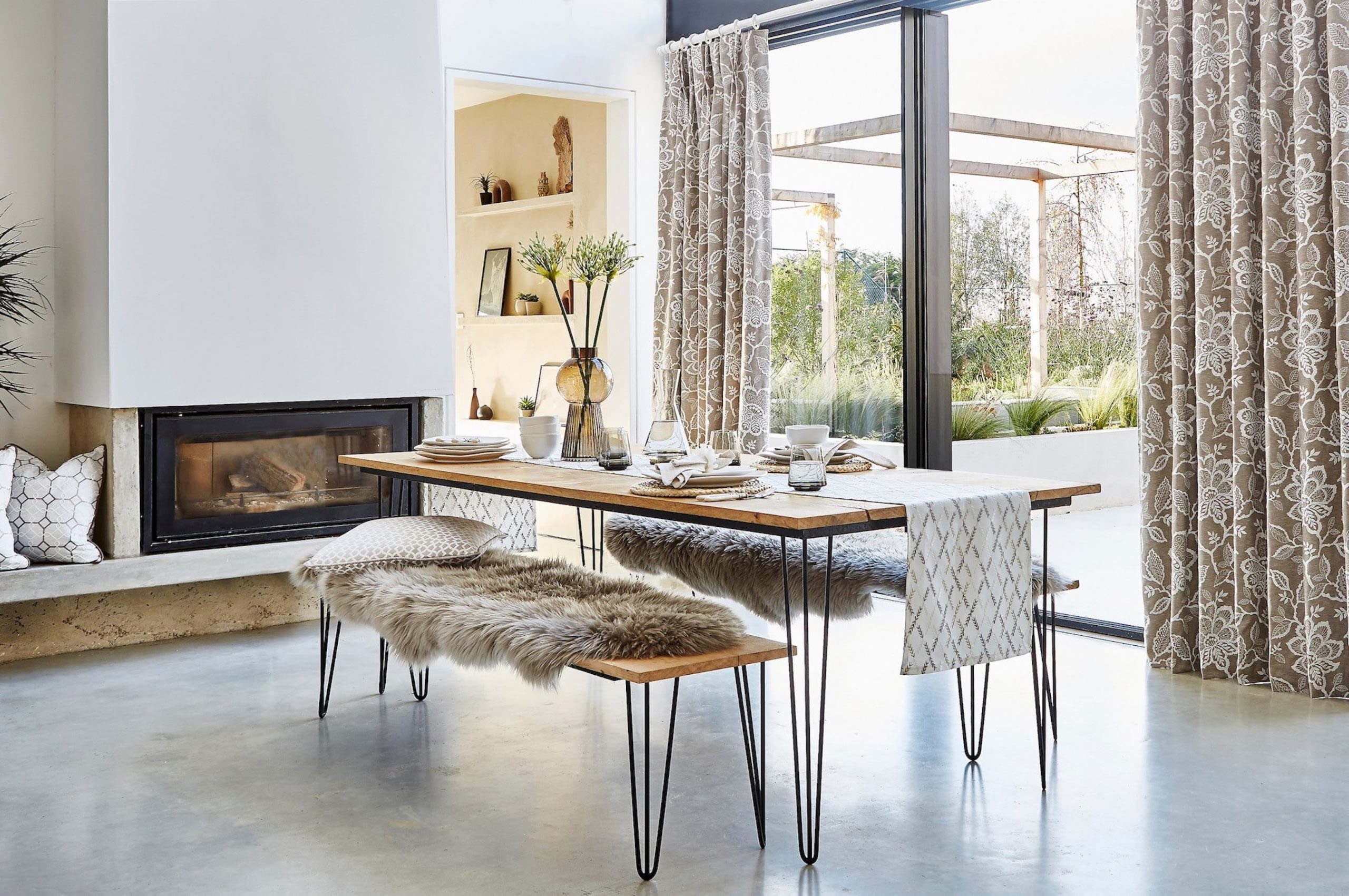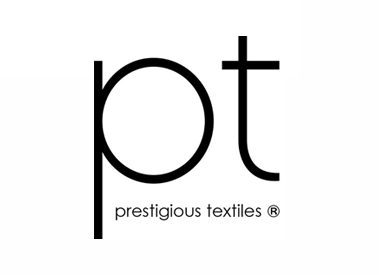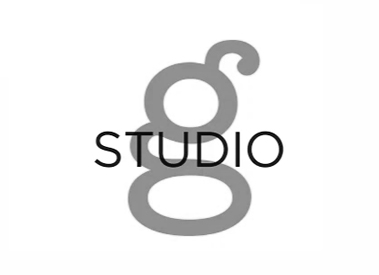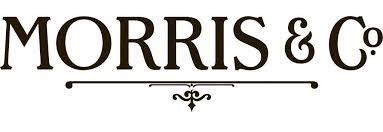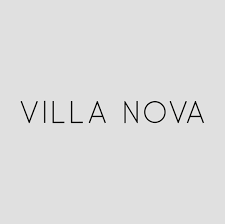With each decade comes a new style, from art deco to minimalism and everything in between. Choosing a theme for a room can be impacted by your current era or from times gone by. When it comes to soft furnishings such as curtains, you can use these to add accents of colour, create an impact with bold flowing fabric or keep it simple with neutral textures.
History of curtains …
The Egyptians first began using animal hides hung in doorways with hooks to create a barrier to the great outdoors, throughout the years these evolved to more flexible textiles spun from linen and flax, followed by more valuable fabrics made from wool, silk and cotton.
Early window treatments in the 16th century consisted of simple single pieces of fabric hung from rings through a rod. Through the following centuries we saw an increase in elaborate fabric, as the silk industry thrived, the wealthy used luxurious fabrics such as satin, silk and later chintz, bringing a new lease of life to home interiors. This was only accentuated with decorative pelmets with elaborate embroidery.
Fast forward to the turn of the century, the introduction of corded heading tapes were developed to speed up curtain manufacturing.The early 1900s saw the introduction of radiators and in turn meant that sill length curtains were much more popular over the long elaborate curtains of times gone by.
Each decade is characterised with its own style and we often look back for interior inspiration.
1920s
Art deco was popularised in the 1920s combining modern style with craftsmanship. Renowned for its glamour and exuberance, this era was influenced by cubism and bright colours of fauvism. Inspired by technological innovations, art deco fabrics are made up of elegant lines, geometric shapes and symbolism.
1930s
The great depression meant that art deco was still prevalent. Striking colours were popular with gold, orange and blue shades being key. Bold geometric patterns appear across fabrics, floor, and door panels, as well as inspiring lighting. The 30’s embraced mix and match patterns, different styles and textures.
1940s
The 40s was defined by World War II with the decade split between wartime and postwar design. With every aspect of life impacted by the war, new designs weren’t readily available and instead shorter curtains with sheer or velvet textiles were popular. Florals and polka dots were common as well as delicate pinstripes.
1950s
Pastels and Scandinavian influences were the key highlights of this era. The mid century movement saw popular colours such mint greens, bright oranges and reds. Simple solid coloured drapes to create clean lines was the way forward for a 50’s style.
1960’s
The swinging 60’s brought explosive colours, bright oranges and yellows, greens, blues and reds. Anything goes with patterns and nothing was off limits. This era was exciting and expressive. Mid century modern was still very much in force during this decade, with clean simple furniture and bright textiles.
1970’s
Shag rugs, deep colour palettes and indoor plants were commonplace in a 70’s home. Think floating staircases, bean bags and rattan. This decade had conflicting styles with psychedelic prints and neon colours, but also deep brown neutrals and naturalism on the other hand.
1980’s
Gone are the days of bright oranges, and introducing pastels once again. Foiled wallpapers were popular alongside lacquered furniture. Interior design saw the return of art deco influences and gold trim.
1990’s
The 90’s were bold and playful with popular culture playing a big role in interior design styles. Vibrant colours and patterns were the go to, with animal print playing a huge role in textiles.
2000s and beyond have seen influences from the decades of time going by, with simple design hints you can easily influence your decor with classic details of previous eras.
We have an ever growing collection of fabrics to choose from with designers such as Orla Keily representing mid century modern vibes, Ashley Wilde providing traditional styles and Clarke and Clarke has a variety of contemporary fabrics, we’re sure you’ll find the perfect match for your home.

